The subject is windows. Much of what we experience in our built environs is illumined through windows. In our certified Passive House we have eighteen. Our kitchen window looks to the front drive where we stand on tiptoe to see who’s coming to visit or look across the way to Joe and Leah’s place and what they might be up to with their young son and daughter. Glass over the front door gives light to all who enter. The office window faces the sunrise, illuminating the printer first thing and making me squint to engage with my Interfaith Solar Campaign colleagues on morning zoom calls facing the light.



From a small window high above the toilet, the sun casts an image on the bathroom mirror, reflecting it back to the wall from whence it comes. From daybreak, as the sun arcs its way up from east to west in the morning sky, its rays cast a sundial of sorts through the window above our sleepy heads onto the doors of our bedroom closet. As the sun rises up and over, the sun squares on the closet travel down and across. Whosoever doesn’t emerge from bed before the rays reach the light switch is a bonfide lazy bones!



The subject is windows. Our south-facing wall is mostly glass, floor to ceiling, where, in our bedroom, Bug the cat cherishes the lumens. In the living room we are bathed in light from all directions more days than not. The handprints of a certain 5-year-old grandson still adorn the big glass door he is slowly learning to open with a handle to replace his grimy little mitts. And we gain a few degrees inside as the lower rays of fall generate heat through engineered glass.



The first time we built this house design in McMinnville there was but one window looking to the front. In Net Zero Bend we added an extra living room window. Just the other day through its panes, the green of winter rye and vetch on our new garden beds caught our eyes as were greeted by our Anna hummingbird making perhaps her last pass of the season on the still-blooming Penstemon. These are the windows that face the western world of our small haunt in time. Through them we watch our neighbors, antlered, feathered, buzzed and human pass to and fro. Most days, the pallet of the heavens, paints the most glorious sunsets through the Ponderosas, mixing pinks and magenta golds with the cobalt blues of River Deschutes.

The subject is windows. If you must know the details, ours are “Tyrol 9 PH—High Gain Suspended Film Windows” manufactured by Alpen in Louisville, Colorado. Just before we ordered them, the plant nearly escaped burning in the Christmas wildfires near Boulder in 2021. The very fact of our windows now connects us to real climate catastrophe and the opportunities of hope. In Passive House #1, the windows were very similar, but came to us from Lithuania through the Panama Canal. 5 years later we were able to find these in the U.S. Yay! They came by truck over the Rockies. To each window a small kevlar-ish bladder was attached. The “wire” you see is actually a tiny tube connecting the bladder to the inner window so, as altitudes changed in transit, the pressure between the panes could balance.


These are formidable creations. They have 4 panes (quad) with Krypton gas between. The frames are made of uPVC reinforced with fiberglass. There is no steel in the frames, effectively avoiding all opportunity for thermal bridging (the transfer of heat and cold through the frame). The windows are called “European Style” or “tilt and turn.” They open both by swinging and by tilting. The tilt is a good security tool allowing us to keep our windows open when we are not in the house.
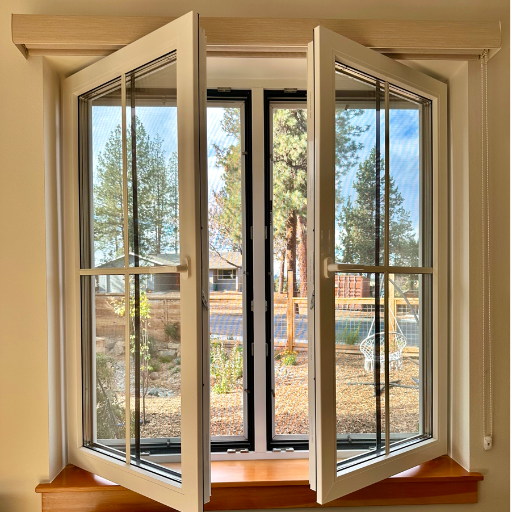
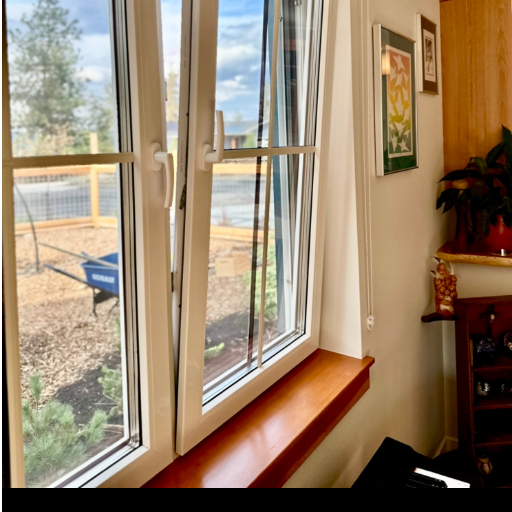
The windows and large doors are 3 1/2 inches thick. It took at least 3 guys to put them in place. It takes 4 major hinges and 5 latch-points to keep the doors honest. In Passive House lingo these are “High Performance Windows.” Now maybe it’s just me, but that brings a certain image to my mind: a window possibly doing the “Funky Chicken?”

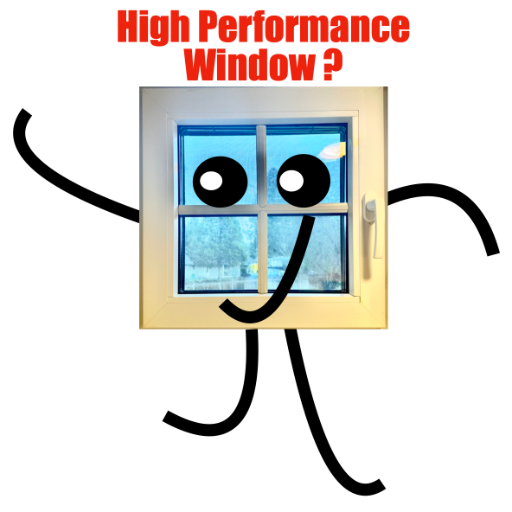
But if this doesn’t work for you, we are talking about windows that perform to block summer heat, retain winter warmth and eliminate harmful ultraviolet rays while reducing noise and maximizing natural daylight. Without getting into too much detail, to evaluate how windows perform, a panel of judges are seated in each home and each window is judged on “window dressings,” “windows of opportunity,” and “how they roll,” holding up scorecards with values of 1-10. Sorry, I think I got carried away. Actually the science of windows is measured in R-value, U-value and Solar Heat Gain Coefficient (SHGC). Windows come from the factory with most of this info and more on a sticker.
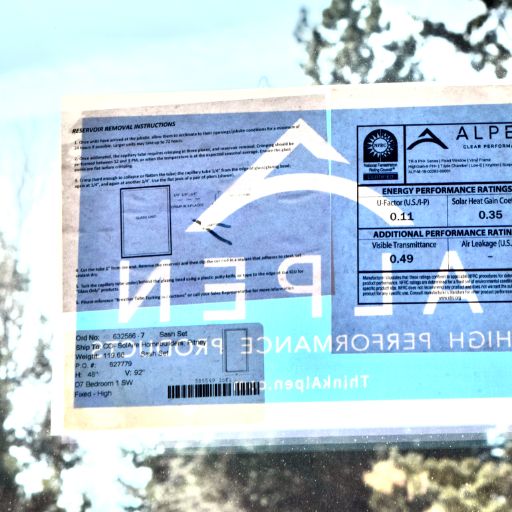
I will try my best to explain the values that are easiest for me to understand. The values of our windows are as follows:
R-Value = 9 U-Value = .11 SHGC = .35
R-Value is “Resistance Value. We use it to measure the ability of a certain thickness of insulation to “resist” the transfer of heat/cold through it. 9 inches of foam insulation under our slab floor is R-45. 8 inches of fiberglass + 3 inches of Rockwool insulate our walls to R-47. 25 inches of blown-in fiberglass in our attic is R-72. Higher numbers means higher “resistance” to heat escaping in winter and heat infiltrating our house in summer. A single pane of glass (single glazing) is R-1. With 4 panes (quadruple glazing), these Alpen windows measure R-9. This is almost as good as a 2×4 stud wall full of fiberglass. Think of licking the inside of R-9 window glass on a 5 degree winter day and your tongue doesn’t stick to the glass—-actually the glass service is pretty much at room temperature! Think of your 5 year-old-grandson, standing outside with 4 panes of window between you. He’s shouting at the top of his small lungs that he needs a snack immediately to avoid certain death and you legitimately can’t hear him. Poor Jackson is a victim of growing panes.
The U Factor or U-Values measure how quickly heat transfers through the window. A single glazed window has a U-Value of 1, meaning it allows heat to pass through it quickly. Lower U-values are better. Our quadruple glazed Alpen windows have a U value of .11 meaning heat passes through them very slowly. This helps keep our house from overheating when summer sun hits those south-facing windows directly and warms us in winter by keeping inside heat from escaping.
The Solar Heat Gain Co-efficient (SHGC) measures the fraction of solar radiation allowed through the window and released inside the house as heat. In Central Oregon, where 158 days a year are clear and sunny and an additional 105 days are partly sunny, we need windows that block heat to avoid overheating the house in summer, but also allow the sun’s radiation to travel through the windows in winter to gain heat and help keep the house warm. So our SHGC of .35 is sort of a middling rating which favors heat gain in the winter over shading in the summer.
Low-e Suspended Film Coatings are what allow our windows to favor solar heat gain in winter. I’m hoping the diagram will help you understand. Low-e coatings on the glass are made of metallic oxide particles that act like a sieve or filter. Some of the particles block long-waves (heat) while allowing maximum short waves (light). But the coatings are also engineered to totally reflect summer sun rays that hit the window from an angle higher than 40 degrees and allow penetration of winter sun rays that hit the windows from lower than 35 degrees.
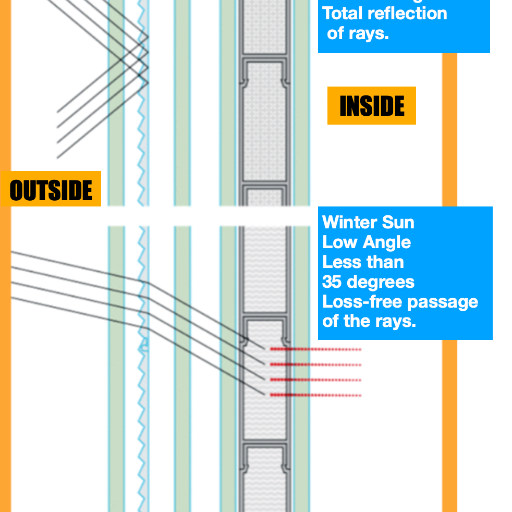
I’m sure you’ve all read of how to build the roof overhang above your south-facing windows to the optimum width for blocking summer sun from and allowing winter sun to those windows. We’re here to tell you it’s not an exact science. Our house is so well insulated that, if we allow too many direct rays of the high desert summer sun to touch that glass, we’re a sauna and must use air-conditioning. So, late each spring, we hang our multi-colored shade sails over the patio to shade the glass wall. We open our windows each summer evening to the cool desert night and so air conditioning is rarely needed.
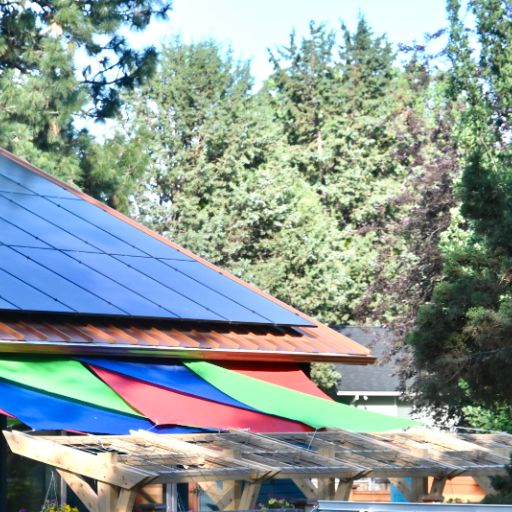
To call up just one window-class Dad Joke you’re probably all “glazing” over from the window science by now. But just think of all the panes I’ve had to endure just trying to frame the conversation!?! To end on a more serious note, today I’m remembering our Alaskan Inuit friend Helen Senungetuk. Her Inupiaq name was Aklasiak (Little Bear). She and her husband Willie were born in the village of Wales on the eastern tip of the Seward Peninsula not so far from Russia. They were both orphaned when the flu invaded Wales in 1918, wiping out most of the mothers, fathers and grandparents. Helen is long gone now but remembered sitting for several days in their native home with the dead and dying all around her. She was 6 and all her life remembered the light shining through the ceiling dome window made of seal intestines. That light was her only hope and she often talked about it.
The subject is windows. And it matters not of what our windows are made, be they of 4 panes or none, stained glass or seal intestine. Today, more than ever, we all need some guiding illumination that cannot be extinguished or we’re done. Last November I was sitting for an hour one morning in front of our office window on a zoom call. When the call ended we realized something was terribly wrong in the yard of our neighbors to the back out that window. While I was zooming, our neighbor had taken his own life 30 feet from where I was sitting. We opened our back windows to hear the agonizing screams of the wife he left behind. It’s been a year now and, in the meantime, we have gotten to know his wife through our gardens. Fruit trees have now appeared out the same window. Every morning, this past summer, we were awakened through our bedroom window to the giggles and cries of the 16 month-old granddaughter now toddling the premises. We are happy to be woke this way. Through windows we can receive the energy to encourage the whole neighborhood to dawn. The climate is boiling. Unrivaled cruelty is on the hunt. News of mass shootings and assault weapons are everywhere among the news. With the bitter horrors of hate speak in U.S politics demeaning all of us, with images of the terror of maimed children exploding in the middle east, Ukraine and beyond, it would be tempting, especially among those of us who live in houses with fancy windows, to slam them shut and pull down the shades.
What we work toward and hope to become, though, are neighbors who share windows on our common world glazed with a coating much like the ones in our home. We need a discerning “Low E” membrane among us—let’s call it “Low E2” for low transmittance of that “Eye for an Eye” way off seeing that leaves us all blind. We need that film suspended among and between us to block the wave lengths of divisive lies and horrific hate that leave us crazy hot on the outside and cold within—that allows rays of truth, hope and trust to enter. I don’t know what else to say. I just know something is terribly wrong and unholy in our neighborhoods across this Holy Planet and we must look for windows to transmit the rays of warmth and common good.

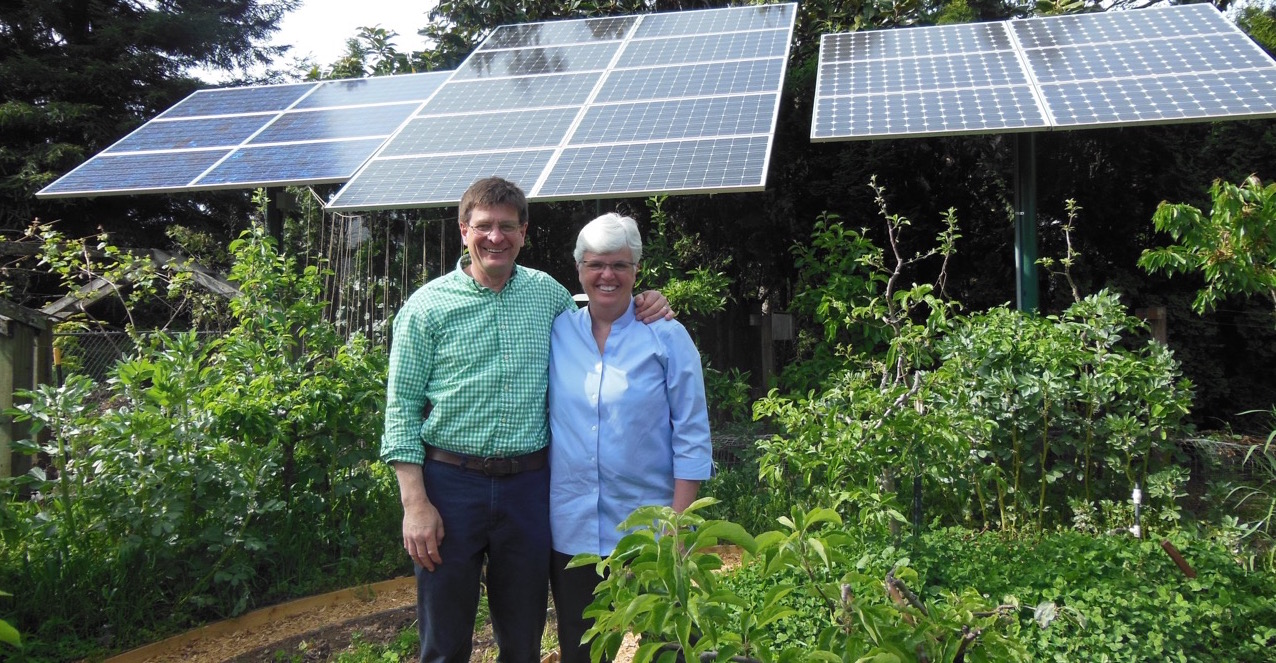


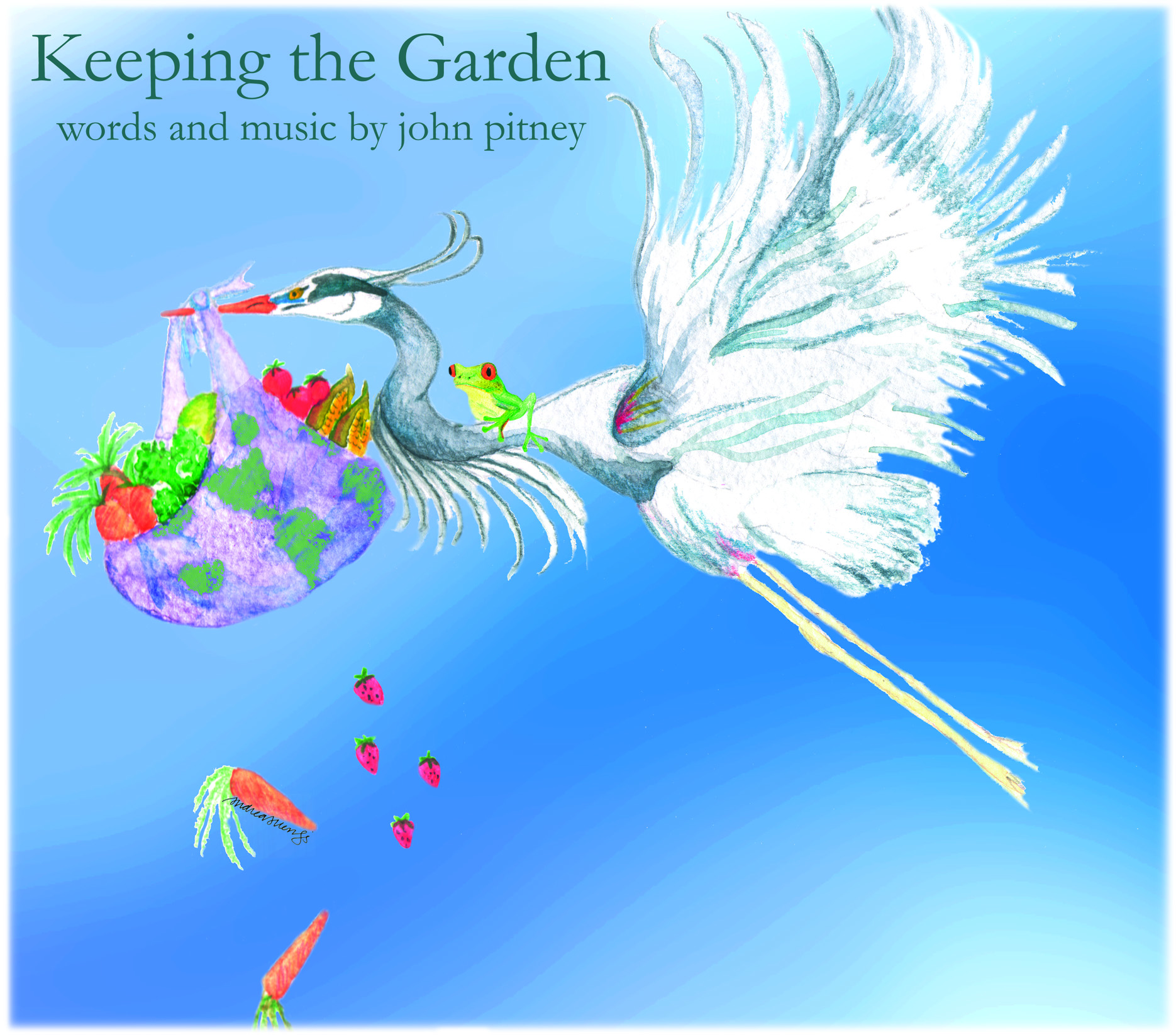

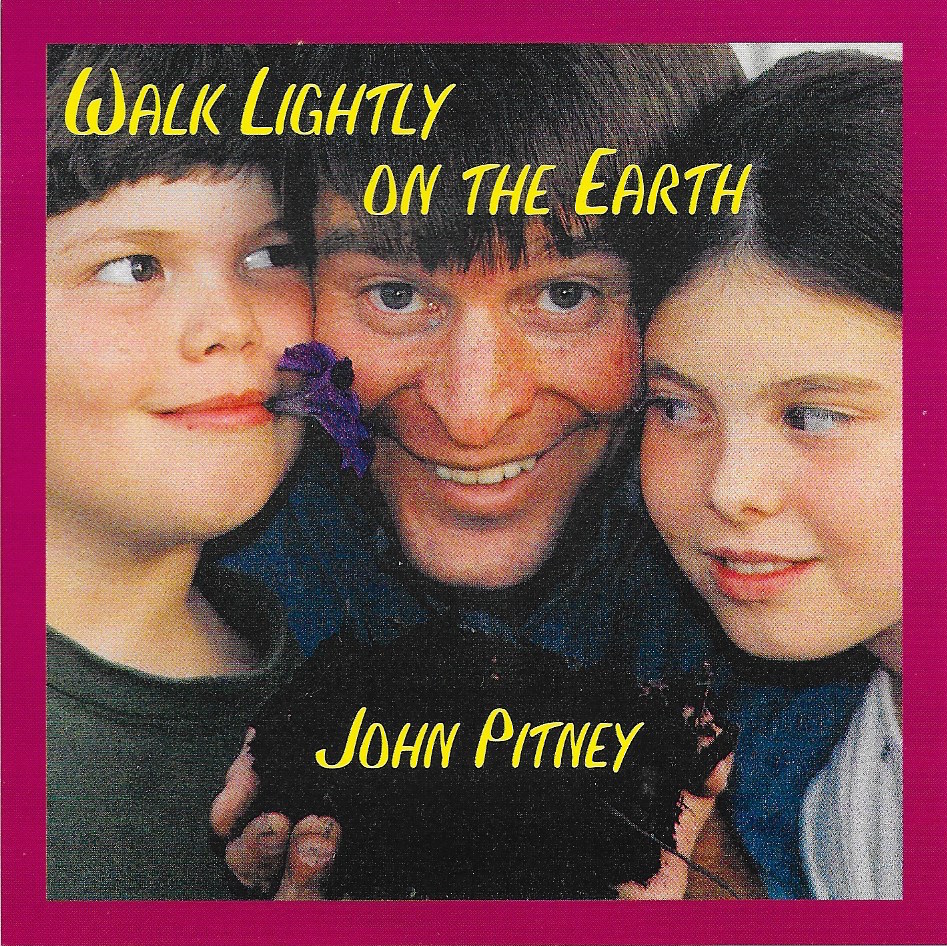

Although peon Payne’s single pane protected from wind and rain; solar gains and moisture stains caused disdain and an inner fight clouded his delight even while Sun’s pure light illuminated each refrain.
Clever use of words to illumine science of windows. Well written John.
I am happy to know someone loves windows as much as I do! People need to open their blinds, (to not be blind)….to see! What a joy it is to look through our windows everyday! I know when Mr Fox is lurking because Lucy the cat goes crazy while watching out the windows! Every morning I awaken early to look out the windows and thank God that we have windows…..that we have a home!
Thank you for taking such good care of the earth!
You are a hero!
Blessings,
Peggy